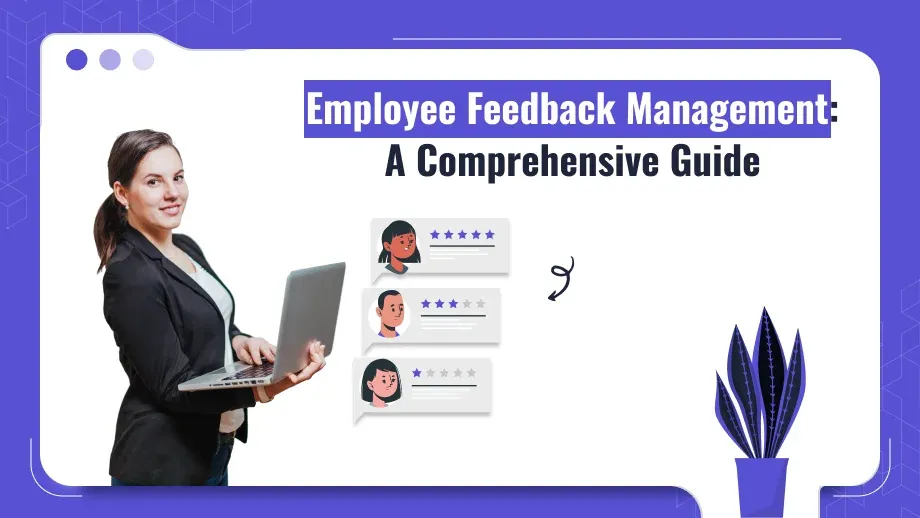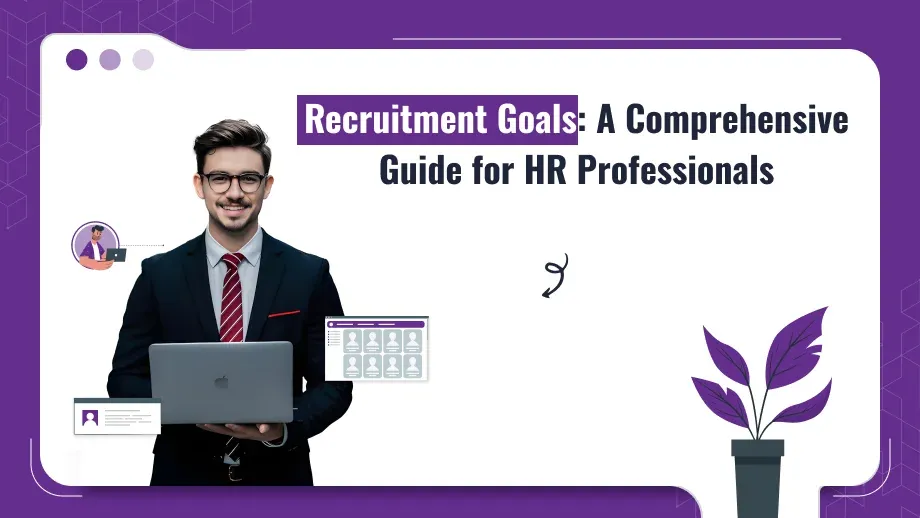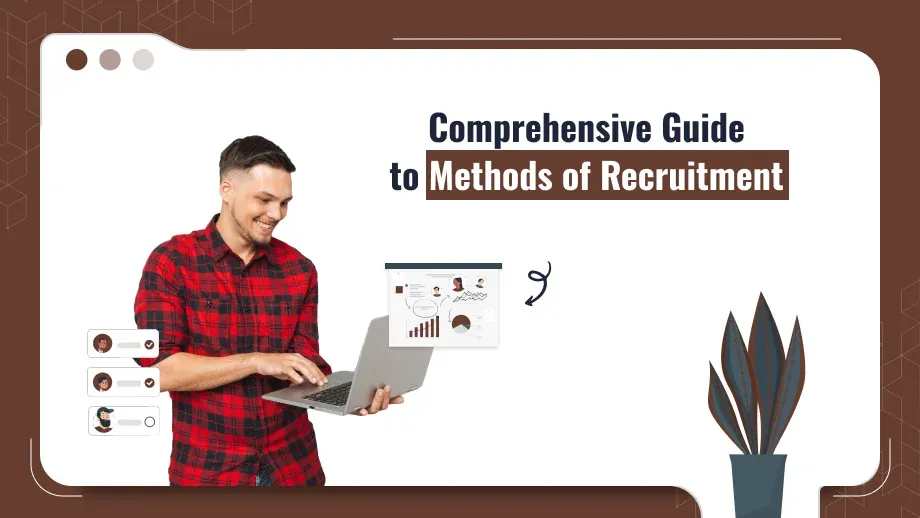
Refers to the systematic approach organizations utilize to gather, analyze, and react to input from Employee feedback management. This handle includes regular performance evaluations, nonstop criticism talks, and private overviews that empower representatives to express their conclusions with respect to administration and operational procedures. At its center, fruitful input administration develops an environment wealthy in communication, where representatives feel recognized and appreciated.
Implementing effective feedback to management from employees organizations to identify potential issues early, improve operational forms, and give development openings for their workforce. By utilizing apparatuses such as the Best Execution Administration Computer program or Worker Data Framework, companies can optimize this handle, guaranteeing that all criticism is collected and tended to instantly and efficiently.
What is Employee Feedback Management
refers to the systematic approach organizations employ to gather, analyze, and respond to input from Employee feedback management. This process encompasses regular performance evaluations, continuous feedback discussions, and confidential surveys that enable employees to express their opinions regarding leadership and operational procedures.
Implementing an effective employee feedback management system empowers organizations to detect potential issues early, enhance operational processes, and provide growth opportunities for their workforce. By utilizing tools such as Best Performance Management Software or Employee Information System, companies can optimize this process, ensuring that all feedback is collected and addressed promptly and efficiently.
Two-Way Feedback
The handle of employee input works as a reciprocal trade. Effective employee feedback management of representative input includes not as it were giving criticism to workers but also requesting their bits of knowledge concerning administration and organizational processes.
- Feedback from representatives to administration: Workers have basic points of view on the day-to-day operations of the organization. Collecting their criticism empowers the administration to upgrade their administration approaches, recognize zones for advancement, and set up approaches that adjust more closely to worker requirements.
- Feedback to representatives: Alternately, it is basic for supervisors to convey steady and useful input to representatives. Such criticism advises workers approximately their qualities and regions requiring advancement, encouraging their progressing proficient development.
Benefits of Ongoing Performance Feedback
Course Adjustment
By giving nonstop criticism, directors can handle execution challenges as they emerge, or maybe then put off dialogs until a formal assessment. This proactive approach permits workers to make vital alterations instantly, upgrading efficiency and anticipating expanded stages of subpar execution. Opportune criticism guarantees that workers stay adjusted to organizational targets and benchmarks, in this manner relieving the hazard of minor issues advancing into noteworthy concerns.
For instance, if an employee is having difficulty assembling due dates, tending to the situation expeditiously empowers both the chief and the worker to collaboratively make a technique for better time management.
Higher Employee Engagement and Motivation
Employees who get normal feedback are more locked in and persuaded in their parts. They feel seen for their endeavors and know how their work contributes to the company’s victory. Ongoing feedback helps employees see where they are doing well which gives them a sense of accomplishment and empowers them to keep going.
According to a Gallup think workers who get customary criticism are 3.6 times more likely to be locked in at work than those who don’t. Locked-in workers are also more likely to remain with their company decreasing turnover and making a positive workplace.
Creates an Open Communication Culture
Regular Employee feedback management creates a culture of transparency and open communication. Workers ended up more comfortable sharing their considerations and thoughts knowing input is a two-way handle. This can lead to more development and collaboration as workers feel more sure to share their thoughts for improvement.
This kind of culture also helps with manager-employee relationships making it easier to have tough conversations when needed. Managers who give regular feedback also tend to build trust with their team which strengthens the team dynamic.
Employee Development and Growth
One of the primary purposes of progressing performance feedback is to help employees develop professionally. By giving continuous feedback directors can direct representatives toward unused abilities, parts, or duties that adjust with their career objectives. This gives workers a clear way to advance inside the company and a sense of reason and work fulfillment.
For example, if an employee shows leadership potential ongoing feedback can help them develop the skills to move into a management role. This benefits the employee who feels supported in their career development and the company who can grow leadership talent from within.
Better Performance and Productivity
When representatives get normal criticism they will progress in their execution. Input sessions give clarity on desires, and highlight ranges for advancement and responsibility. Representatives know how they are being measured so are more persuaded to meet or surpass those expectations.
Plus this kind of criticism expels impediments to productivity by identifying issues early. If employees are struggling with certain parts of their part directors can work with them to find solutions that will eventually advantage the group and the organization.
Reduces Performance Review Anxiety
Annual execution audits can be unpleasant for employees particularly if they have no thought how they have been seen all through the year. Nonstop criticism decreases this push by making execution conversations a typical portion of work life. This way workers are not blindsided by negative input or startling performance appraisals amid formal audits.
Ongoing feedback means there are no surprises during formal reviews as employees will have been regularly informed of their performance and areas for improvement. Formal reviews are then more productive and focused on future goals rather than past mistakes.
Individual Performance to Organisational Goals
By giving nonstop input supervisors can guarantee employees’ work is adjusted to the company’s by and large destinations. Normal check-ins permit directors to communicate changes in needs or goals so employees remain focused on the most critical assignments. This arrangement implies everyone in the organization is working towards the same objectives which increments by and large effectiveness and effectiveness.
Plus tools like Best Performance Management Software and Talent Management Systems allow managers to track employee performance in real time and link feedback to the company’s strategic goals.
Accountability and Ownership
When workers get nonstop input they are held accountable for their execution on an ongoing premise not fair once a year. This increases their sense of duty and possession of their work as they are regularly reminded of what’s anticipated of them.
Employees will moreover take more proactive steps to self-improve when they get normal criticism as they have a clear understanding of what they are required to do to succeed. This creates a culture of responsibility where representatives are persuaded to meet their objectives and contribute to the company’s success.
Better Decision Making
For supervisors, persistent input gives a treasure trove of information on worker execution to make way better choices. This information makes a difference supervisors distinguish tall entertainers, underperformers, and those who require additional back or training.
By utilizing execution administration apparatuses, supervisors can analyze patterns in input and execution over time, counting Real-Time Input, and make data-driven choices on advancements, group assignments, and improvement openings.
What are you waiting for to unlock your team’s full potential?
Manage employee feedback today! Use the right tools to turn insights into actions that boost performance and engagement.
Employee Retention
Continuous performance feedback implies higher representative retention. Employees who feel upheld, valued, and given development openings will be more likely to remain with the organization. Customary criticism builds more grounded employee-manager connections, decreases withdrawal, and empowers workers to remain and develop inside the company.
Best Practices for Employee Feedback Management
Creating a Feedback Culture
A feedback-rich culture is the foundation of good employee feedback management. In such a culture feedback is seen as a growth tool, not criticism, and employees feel safe to give their input without fear of retribution.
Creating this culture requires management to lead by example. Leaders should be seeking feedback from their teams through skip-level meetings and anonymous surveys and how they will act on that feedback. Open channels for feedback and encouraging employees to give their input regularly will build trust.
On top of regular feedback, incorporating feedback into onboarding processes through systems like Digital Employee Onboarding means new starters understand the importance of feedback from day one.
Feedback Tools and Technology
Employee feedback management can be made so much easier with technology. Management platforms enable managers to collect feedback, analyze it, and take action based on it. These tools are great for real-time feedback and simplifying the feedback collection process.
Here are some of the best feedback management tools:
- Culture Amp: This tool allows you to track and analyze employee feedback management. It measures engagement and performance based on survey responses.
- SurveyMonkey: With customizable surveys SurveyMonkey allows managers to collect feedback on specific topics like leadership, team dynamics, or job satisfaction.
- Fellow: Fellow allows continuous feedback exchange during meetings or ongoing projects so teams can adapt and improve in real time.
Integrate these tools with Employee Information Systems and Best Performance Management Software and you have a feedback management framework where feedback is collected, tracked, and actioned.
Giving Constructive and Positive Feedback
The Power of Positive Feedback
Positive feedback is a key portion of employee feedback administration. Recognizing representatives for their commitments boosts assurance, inspiration, and by and large work fulfillment. When giving positive employee feedback be particular. Instead of saying “Good job” say “Your introduction was well researched and your capacity to simplify complex concepts helped the group get it the extend better”.
Positive employee feedback management when given instantly and sincerely reinforces good behavior and motivates employees to keep performing at a high level. In a feedback-rich culture positive Employee input management ought to be a normal event so workers feel esteemed and appreciated.
Feedback for Performance Improvement
While positive input is important feedback for performance change is similarly critical. Constructive feedback helps workers get it where they can move forward. It ought to be particular, significant, and centered on behavior, not the individual. For case, instead of saying “You never meet your deadlines” say “I’ve taken note you’ve missed a few due dates this month. Let’s work together to make arrangements to offer assistance so you remain on track”.
By framing feedback as an opportunity for growth managers can encourage employees to see feedback as a positive tool for their development. Employee feedback management systems can track feedback over time so constructive feedback leads to measurable performance improvement.
Overcoming Feedback Challenges
Common Feedback Challenges
Despite the benefits of employee feedback management organizations regularly battle to actualize compelling criticism frameworks. One of the greatest challenges is workers not needing to provide honest feedback especially when it’s almost administration. To overcome this companies can use mysterious surveys and criticism devices that ensure worker personalities so employees can grant feedback without fear of retribution.
Another challenge is some managers struggle to give feedback especially when it’s negative. Training managers to give constructive, supportive, and specific feedback can help with this. With the help of Employee Information Systems managers can track and deliver feedback in a way that fosters growth not resentment.
Technology to Improve Feedback Management
Technology is the key to overcoming the challenges of employee feedback management. By using Best Performance Management Software organizations can simplify the feedback process so it’s easier to collect, analyze, and act on feedback.
These tools can also track progress so feedback leads to real measurable improvement in employee performance. Talent Management System have features that allow managers to record feedback sessions, track employee development, and set performance goals based on the feedback they receive.
Turning Feedback into Actionable Insights
Feedback Analysis
For instance, if feedback shows a recurring issue with communication in a specific department, management can address it by providing additional training or restructuring team processes. Additionally, by leveraging Applicant Tracking Systems during the hiring and onboarding phases, companies can gather early feedback from new hires and ensure that communication issues are identified and resolved early.
By using insights from feedback and integrating solutions like Applicant Tracking Systems, companies can improve employee performance, and workplace culture, and ensure smooth communication from the onboarding process through to daily operations.
Action and Follow-Up
Once feedback has been collected and analyzed the next step is to take action. Employees want to know that their feedback is being taken seriously and will lead to real change. Managers should meet with employees to discuss the feedback, set goals, and follow up regularly to track progress.
Using Best Performance Management Software and Employee Information Systems managers can ensure feedback is linked to performance reviews and development plans. Regular follow-ups show that feedback is part of the company’s growth strategy.
Summary
Employee feedback management is key to building a productive and engaged workforce. By fostering a culture of feedback, utilizing the right tools, and turning insights into actionable steps, organizations can significantly enhance employee performance, satisfaction, and retention. Integrating these practices into an HRMS platform streamlines the process, making it easy to manage feedback at every stage of the employee lifecycle.






